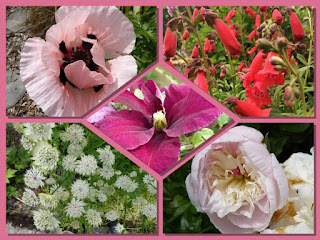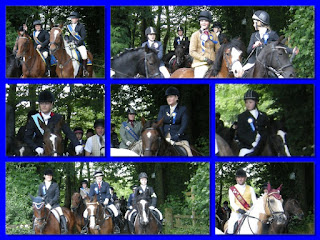Our local Natural History Group had been to Williamwood for a visit on a lovely summer evening, and we had taken our moth traps to set out afterwards. Michael and Shirley had invited us on a couple of previous occasions to moth trap on their farm and it had been a while since we last tried. Visiting was therefore an ideal opportunity to have another go!
We have four traps - 2 run on batteries and 2 on mains electricity. On a warm, still evening we were going to put out all 4 traps around the farm. The 2 battery traps were set on the edge of a wood, and by a railway bridge on a disused track. The mains traps were both set within a newly planted wood with a thick undergrowth of grasses, wild flowers, reeds and rushes.
It was getting towards 10pm by the time we put out the last trap and we could already see moths fluttering about. As tempting as it was to stay and catch some with a net, we went home. Many more were attracted by the car lights as we drove home.
We returned to collect the mains traps first. All around them were moths hiding in the grasses and reeds. So covering the trap to look at later we set about collecting the moths from around the traps. As we worked, there were small day-flying moths fluttering about in great numbers, but no time to catch them. The grass was very dense and it was difficult to see the moths as they sat quietly, but persistence paid off and many moths were collected. The most popular moth found around the trap was definitely the Drinker - a spectacular looking moth.
Male & female Drinker
|
After collecting numerous moths we transported the traps back to a central point where they could be emptied. Similar collections of moths were made around the battery traps too. To say we were excited about opening the traps after finding so many moths around them, would be an understatement!
We were not disappointed!
Shirley stayed with us for a good while to see what moths we had, and to learn the names of some of them. Michael had jobs to do on the farm but called in occasionally to see our finds. There was plenty for them both to see!
We had a fantastic collection of moths from the traps.
The bucket trap produced 180 moths of 25 different species. The most numerous was the Common Rustic or Lesser Common Rustic (it is difficult to distinguish between the two unless you disect them!) with 38 individuals. They were closely followed by Large Yellow Underwing (32 individuals), Small Wainscot (25 individuals), Smoky Wainscot (17 individuals) and Six-striped Rustic (14 individuals).
Here are some of the more spectacular moths from the bucket trap.
The Skinner trap with the very bright bulb produced 133 moths of 33 different species. The most popular were as with the first trap but we did have some different specimens too.
The battery trap on the edge of the wood presented us with 28 moths of 18 species, Large Yellow Underwings being the most numerous.
So, all in all, we had a brilliant night. A total of 367 moths with 52 different species.
We will definitely be going back again!















































